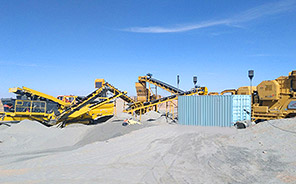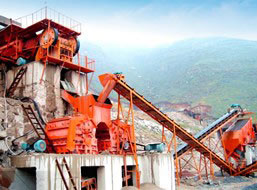A quarry ore granite limestone stone crusher line is a production line designed to process hard rocks like granite and limestone into various sizes of crushed stone for construction, road building, and other industrial uses. Below is a detailed breakdown of the components, process flow, and key considerations for setting up such a crushing line.
—
1. Key Components of the Crusher Line
1. Primary Crusher
– Jaw Crusher: Ideal for hard materials like granite and limestone, breaks large rocks (≤1500mm) into smaller pieces (~200mm).
– Gyratory Crusher: Used for high-capacity primary crushing in large quarries.
2. Secondary Crusher
– Cone Crusher: Best for medium-hard to hard stones (e.g., granite), produces finer output (~20–70mm).
– Impact Crusher: Suitable for softer limestone, creates cubical-shaped aggregates.
3. Tertiary/Quaternary Crushers (Optional)
– Vertical Shaft Impact (VSI) Crusher: For shaping fine aggregates or sand (0–5mm).
4. Screening Equipment
– Vibrating screens separate crushed stone into different sizes (e.g., 0–5mm, 5–10mm, 10–20mm).
5. Conveyor Belts
– Transport materials between crushers and screens.
6. Dust Control System
– Water sprays or bag filters to reduce airborne dust.
7. Feeding & Storage Hoppers
– Ensure steady material flow into the crushers.
—
 2. Typical Process Flow
2. Typical Process Flow
1. Blasting & Loading: Raw ore is extracted from the quarry via drilling/blasting and loaded onto dump trucks.
2. Primary Crushing: Large rocks are reduced to ~200mm by a jaw or gyratory crusher.
3. Secondary Crushing: Further reduction via cone/impact crusher to ~20–70mm.
4. Screening: Separation into desired sizes; oversize material is recirculated.
5. (Optional) Sand Making: VSI crusher produces manufactured sand from  es.
es.
6. Stockpiling: Sorted aggregates are stored for transport.
—
3. Equipment Selection Guide
| Material | Recommended Primary Crusher | Secondary Crusher | Output Use Cases |
|—————-|





Leave a Reply